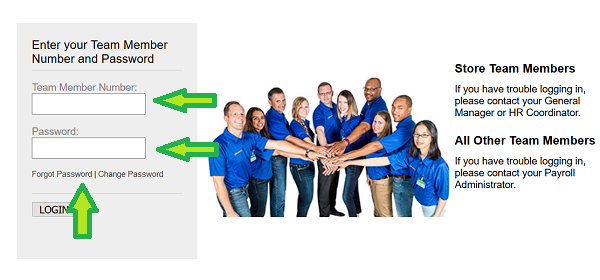
SEO-optimized – specify meta content for articles so that customers can find what they are looking for.Available 24/7 – even if your team is sound asleep, the knowledge base can assist them on any device.Fully customizable – change the color scheme so that your help center matches your brand’s identity, add visual elements, use CSS or JavaScript, and integrate it with a chat widget.

Multilingual! – that’s right, now you can be on the same wavelength with your audience and speak the same languages for better connection and context.You could actually see what I am talking about at the editing and creation stage. HelpCrunch’s client portal is all about user-friendliness and high performance. Its self-service portal example takes the very classic sense of the word: the company offers a knowledge base integrated into the chat widget. The first in line is HelpCrunch – a full-circle customer service platform that does cover all your business needs (you may not realize it just yet but take my word for it). 10 self-service portal examples to wield in your business 1. So do not bury it under layers of log-ins and menus – it’s not a maze and your customer are not going through a quest. Just take all the guesswork out of the process and locating your help hub will be like finding a needle in a haystack – a little victory.īy making your portal easy to locate, you avoid confusion, depressing behavior, and hassle. I mean, it’s not a grocery store with endless isles and confusing labels. Finding a self-service home base should be frustrating. Easy support, easy locationĥ5% of users claim that using self-service portals is difficult. Google can feel that too! That is why you should remove outdated articles and other materials from your resource hub to back up the SEO aspect. Only it should refreshment and updated content to keep being useful.īesides, you brush up on your self-service content not solely for users. Just like the garden needs constant watering and pruning, so does a self-service resource hub that your customers leverage. This way, you make it only easier for users to successfully find what they are looking for. So use complementing colors, fonts, icons, and other visual elements on the self-service page.

Plus, a clean and easy-to-use portal ensures that customers can easily find what they’re looking for, quickly complete their requests on their own, and leave feeling confident and delighted.

Providing a user-intuitive UI not only enhances the user experience but also promotes customer loyalty and satisfaction. If the interface is cluttered and confusing, customers will become frustrated and may abandon their task altogether. The same concept applies to a self-service portal for customers. It’s overwhelming, frustrating, and makes you want to turn around and leave. Imagine walking into a cluttered and disorganized store, with items scattered everywhere and no clear direction to find what you need. Do you expect a brand or organization to have an online self-service support portal?īefore we proceed with customer portal examples, let’s have a quick look at the key qualities such a resource should obtain: Decluttered interface


 0 kommentar(er)
0 kommentar(er)
